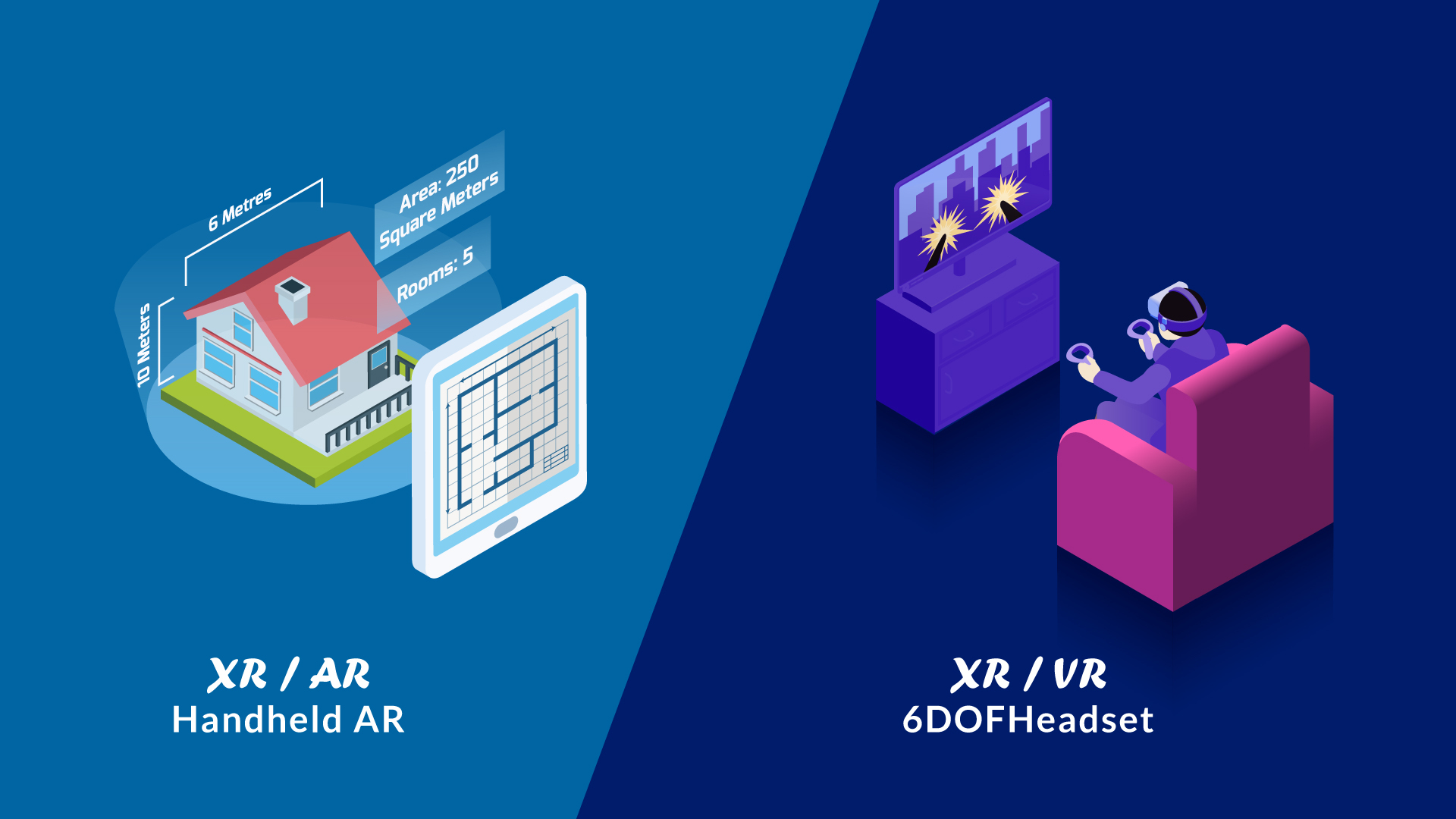1. Enterprise will outpace gaming
At the start of the VR/AR revolution, gaming was being hailed as the biggest market for AR/VR, but as the time passed, we are witnessing a wide gamut of use cases across Industries like Oil and Gas, Automation, Automotive and Pharmaceutical to name a few. One of the use cases which has become a top priority for organizations across verticals is Health and Safety of workers. With technology like Virtual Reality, enterprises can provide immersive and interactive learning experiences to a worker without putting him/her in danger. This in turns mitigates his/her fears and motivates him to work effectively in real life.
2. 5G will derive adoption of VR/AR
5G brings in aspects like high-speed, ultra-low latency and high-bandwidth. At present, VR and AR apps are getting interrupted by network issues, which massively affects the user experience. With the arrival of 5G network, the VR/AR applications will evolve to a next level. Technically in VR, a user would feel nauseous when the latency is over 20 ms. With 5G’s sub-5 or sub-2 ms latency, the user experience will be exceptionally better. On the other hand, 5G would enable streaming VR/AR content directly from the cloud without tethering it to a high-performance computer to derive rich immersive environments.
3. Standalone headsets to make VR accessible
Standalone headset is the key to make VR viewing accessible to people around the world. With integrated spatial-audio functionality and no additional connectivity requirements, it makes it easier for a user to immersive in a virtual world. Light-weighted headsets with innovative design would make VR desirable and essential. One of the best headsets that we have right now is Oculus Quest which comes with 6 degrees of freedom head and hand tracking, and a self-contained Snapdragon 835 processor (CPU) with higher resolution for its dual OLED displays.
4. Virtual Meetings
Imagine sitting in your office and interacting with a client who is miles away from you in a spatial environment? Embracing VR for corporate collaboration creates a much stronger presence than possible phone calls or video conferencing tools. On the other hand, it mitigates the cost incurred by a company on travelling as workers can engage and showcase a launch of new product or a design virtually. On top of this, VR offers various collaborative tools that can elevate the meeting to a next level.
5. Full-Body Immersion
Presence, Interactivity, and Immersivity are three important factors to ensure effective and successful VR experience. Full-Body wearable suit accentuates the level of VR experience by providing haptic feedback capabilities involving touch, push, bumps etc. It allows users to interact with virtual environments that were not possible before. If, integrated with the Biofeedback system, it can track users heartbeat, blood pressure, temperature, pressure and many other sensors inside a human body.




